Results
-
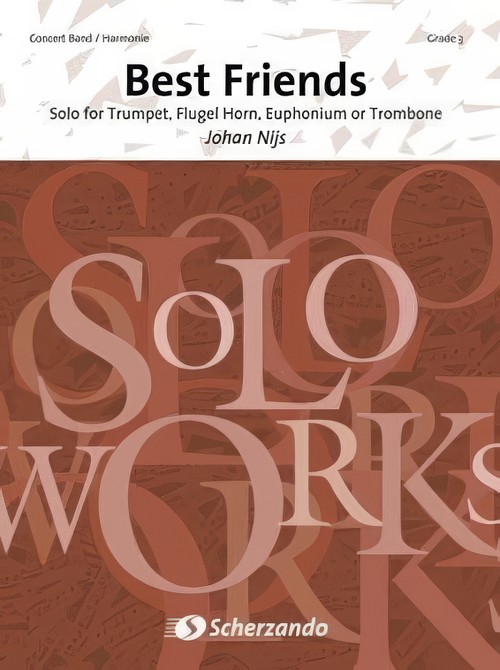 £84.99
£84.99Best Friends (Flexible Solo with Concert Band - Score and Parts) - Nijs, Johan
Solo for Trumpet, Flugel Horn, Euphonium or TromboneFriends are of the utmost importance in any person's life. True friends can always count on one another, even if they don't meet up as often as they might wish. With Best Friends, the Belgian composer Johan Nijs portrays this theme in a wonderful ballad that can be played on the trumpet, euphonium or trombone. A great chance to put one of your players in the spotlight.Duration: 3:15
Estimated dispatch 7-14 working days
-
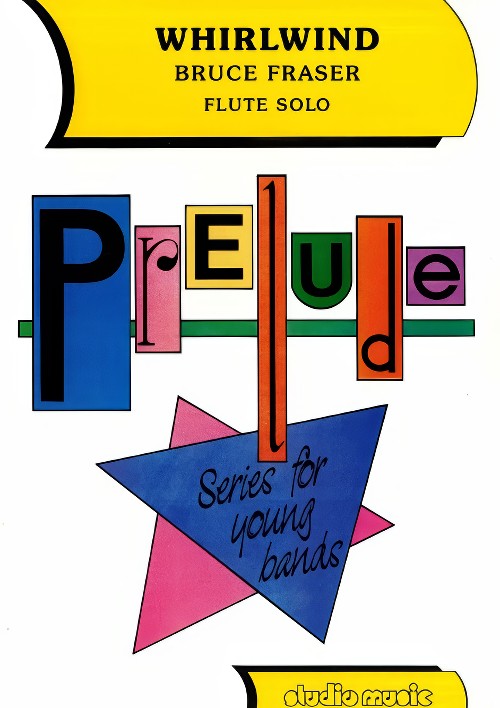 £44.95
£44.95Whirlwind (Flute Solo with Concert Band - Score and Parts) - Fraser, Bruce
Whirlwind is a flute solo and (despite the title!) it will be found that a steady waltz tempo works best. Obviously, it is important that the accompaniment remains delicate and that dynamics are adhered to.Titles in the Prelude Series are specifically scored for bands with few, if any, bass instruments but will sound well on larger ensembles. The bass line is playable by any combination of bass clarinet, bassoon, baritone saxophone, trombone, euphonium or tuba; in the event that none of these is available, the part for trombone/euphonium (B flat TC) can be played by tenor saxophone. The tuned percussion part is entirely optional and can be played by any available instrument(s). Each piece also includes a preliminary exercise. This is always in the same key as the accompanying piece and consists of a scale and chord progression that can be used for improving ensemble, balance, intonation and instrumental facility by changing tempo, articulation and dynamics.Duration: 1.30
Estimated dispatch 7-14 working days
-
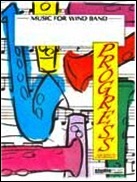 £67.95
£67.95CLOUD DANCING (Euphonium/Baritone solo)(Progress Concert Band) - McGain-Harding, Dean
(Euphonium/Baritone solo)
Estimated dispatch 7-14 working days
-
£244.99
Cantiphonia - Concerto For Euphonium - Bert Appermont
This spectacular three-part concerto (Contrasti, Romanza and Fugato) for euphonium and grand brass-band orchestra by Bert Appermont was composed upon request by the Swiss euphonium virtuoso Ueli Kipfer who created it in November 2004 with the Schweizer Armee Spiel conducted by Jan Cober. The composer was inspired more by its mood than the analysis of works by Mahler and Rachmaninov. This concerto, which is quite demanding for the soloist and a challenge for the orchestra, is probably one of the most innovative works by Bert Appermont to date. The composer also wrote an easier version of the solo part. More information can be found on our website.
Estimated dispatch 7-14 working days
-
 £54.95
£54.95MIDNIGHT EUPHONIUM (Euphonium/Baritone solo) (Progress Concert Band) - Richards, Goff - Farrar, Dean
A superb, tranquil moment for any concert, giving the Euphonium a chance to shine.
Estimated dispatch 7-14 working days
-
£137.70
Daydream - Solo for Euphonium - Frode Thingnæs
Daydream is a melodic and virtuos peace for Euphonium and concert band.
Estimated dispatch 7-14 working days
-
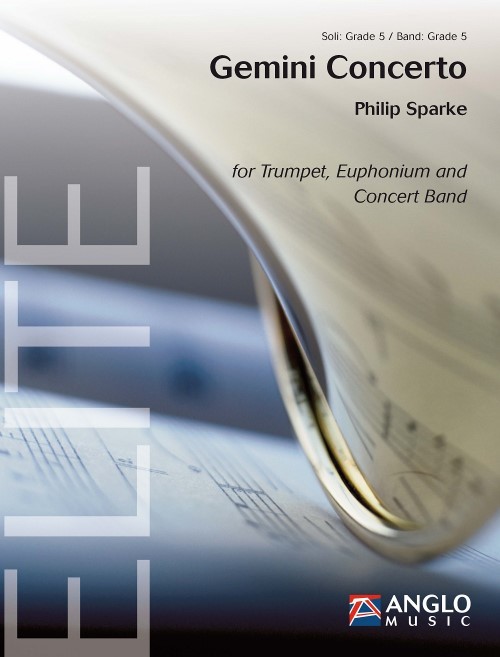 £199.99
£199.99Gemini Concerto (Trumpet and Euphonium Duet with Concert Band - Score and Parts) - Sparke, Philip
Gemini Concerto was commissioned by and written for Ryukoku University (Japan), Andre Henry and Shoichiro Hokazono. Set in three movements, the concerto aims to explore the close relationship, as solo instruments, between the trumpet and euphonium, exploiting the many common factors between the two as well as the subtly different characteristics they possess in terms of both lyrical and rhythmic playing. The first movement is a bustling toccata and the second movement is lyrical and improvisatory in nature. A fantastic piece and a great addition to the repertoire!Duration: 11.00
Estimated dispatch 7-14 working days
-
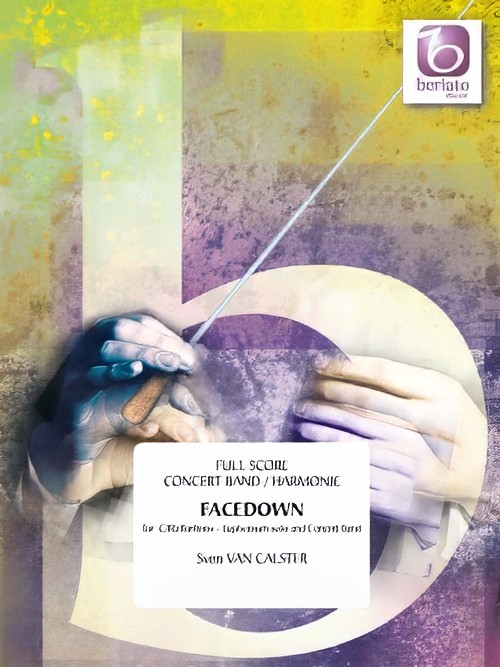 £104.99
£104.99Facedown (Euphonium/Baritone Solo with Concert Band - Score and Parts) - Calster, Sven Van
This is an ideal work to bring your euphonium or baritone soloist into the limelight. All aspects of the instrument are featured, with virtuoso, rhythmic passages as well as attractive, cantabile melodies. The straightforward accompaniment makes it possible to play this composition with practically every band as the parts have been provided with sufficient doublings.Duration: 6:10
Estimated dispatch 7-14 working days
-
 £78.00
£78.00Angelo del Cielo (Soprano or Cello Solo with Concert Band - Score and Parts) - Puccini, Giacomo - De Meij, Johan
The one-act opera Suor Angelica is set in the cloisters of an Italian convent at the end of the seventeenth century. Of noble birth, Angelica has been a nun for seven years, forced there by her family as punishment for an unknown sin. When her aunt visits her, she tells Angelica that her child had died. This terrible news becomes the reason for her only aria, Senza Mamma, a heart-wrenching song of restraint and dignity to her little 'angel in heaven' (Angelo del Cielo).The set contains solo parts, for soprano voice, cello and a duet for soprano and cello.There is also an optional solo part for trombone or euphonium.Duration: 5.00
Estimated dispatch 7-14 working days
-
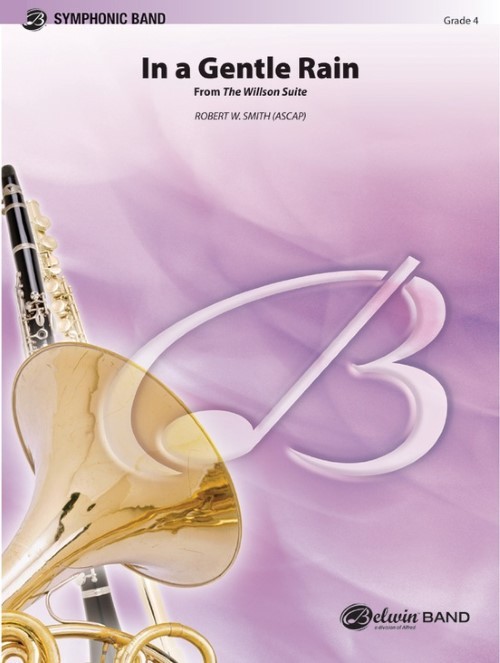 £73.50
£73.50In a Gentle Rain (Flexible Solo with Concert Band - Score and Parts) - Smith, Robert W.
Solo for Flute, Oboe, Clarinet, Bassoon, Alto Saxophone, Tenor Saxophone, Baritone Saxophone, Trumpet, French Horn, Trombone, Euphonium or Tuba. This second movement of The Willson Suite has been restructured to accommodate virtually any wind instrument as the soloist. Serene by nature, the charismatic melody is accompanied by unique effects reminiscent of a gentle rain. The solo may be divided to permit multiple soloists to be featured. This creative approach is the perfect opportunity to feature outstanding soloists at your spring concert. An incredibly musical work. Your audience will be in awe. Duration: 3.45
Estimated dispatch 7-14 working days
